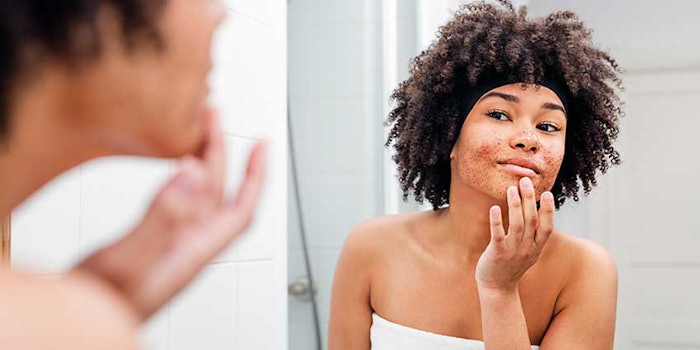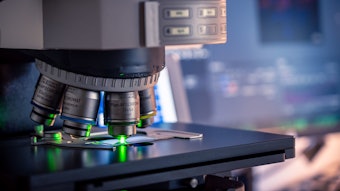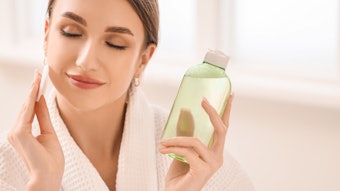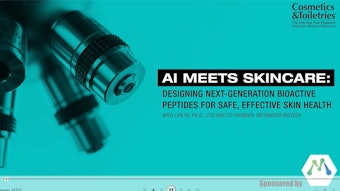
Scrub products have gained popularity in recent years and continue to enjoy an upswing in the growing spa market, which emphasizes the holistic philosophy of de-stressing and relaxation.
In addition to traditional aqueous-based scrubs, several new nonaqueous types are flooding into the market. These focus on skin treatment and rejuvenation in addition to the traditional function of cleansing. Scrub products have gradually adapted from prestige origin into mass markets.
In general, scrubs function both by removing old cells to produce a smooth and rejuvenated skin surface and by providing physical stimulation to skin through a massaging effect. Scrub performance depends on the water-soluble or waterinsoluble abrasives used in a scrub product. Water-soluble abrasives, such as salt and sugar, are used in nonaqueous-based formulas. Water-insoluble abrasives, such as polyethylene beads, natural shells or seeds and pumice, are used in water-based formulas. An additional benefit is the treatment of skin with conditioners such as minerals, natural oils, emollients, vitamins and other nutrients.
There are not many references available for describing fundamental formulations and methodologies despite the numerous nonaqueous scrubs appearing in the market. This article is intended to fill the gap and provide some practical information for formulating chemists.
Aqueous Formulary
Aqueous-based scrub products have been in market for years. There are three basic types of aqueous formulas: paste-like, gel-like and cream or lotion-like (see Table 1). Paste-like formulas are mainly based on sodium stearate/stearic acid mixtures, which are able to suspend the abrasive particles. The gel-like formulas are anionic surfactant systems with additional gelling agents for suspending the abrasives. The emulsion type is a thickened cleansing emulsion, which is capable of suspending abrasive particles.
Abrasives used in aqueous-based scrub formulas include natural shells or seeds, polyethylene beads and pumice. Natural shell or seed scrubs include, for example, apricot seed, almond shell, birch powder, coix seed, grape seed, jojoba beads, peach seed, sunfl ower seed, walnut shell, watermelon seed and cottonseed shell. Waxes and other items include orange peel and almond meal. Synthetic abrasives include polyethylene powder, nylon powder, polypropylene, cellulose beads and polystyrene.











